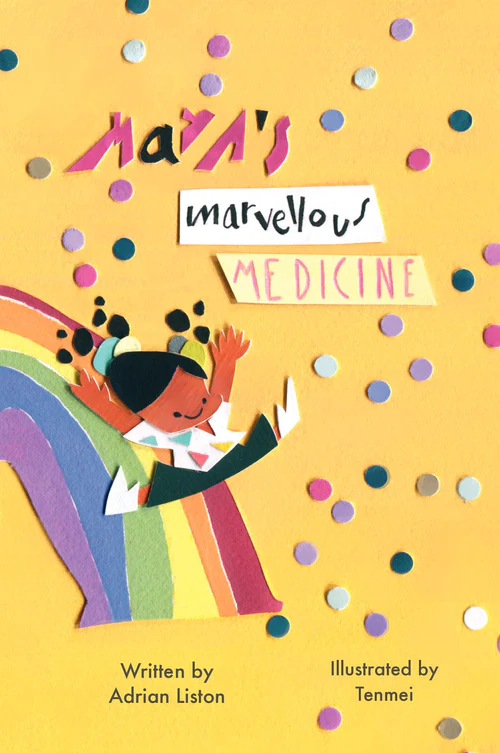Inspiring women in science, part IV
 Saturday, June 20, 2015 at 8:41AM
Saturday, June 20, 2015 at 8:41AM 
Christiane Nüsslein-Volhard was born in Germany in 1942. She and Eric Wieschaus identified many of the genes that control the embryonic development of Drosophila. The figure above is of a wildtype fruitfly embryo, and those homozygous for mutations in Krüppel, hunchback, and knirps, from “Mutations affecting segment number and polarity in Drosophila”, Nature, 1980; 287:795-801. She is also associated with the discovery of Toll, which led to the identification of toll-like receptors. She received the Nobel Prize in Physiology or Medicine in 1995 for her discoveries into how complex multicellular organisms develop from single cells. The quote below is from her 2006 book, “Coming to Life: How Genes Drive Development”.
Clearly, biology is the most interesting of the sciences.
 Adrian Liston | Comments Off |
Adrian Liston | Comments Off |  science careers,
science careers,  women in science
women in science 












